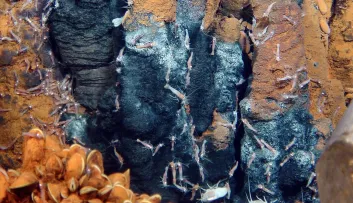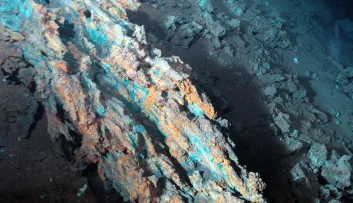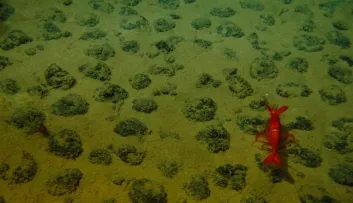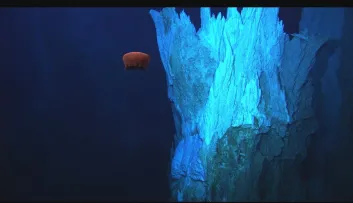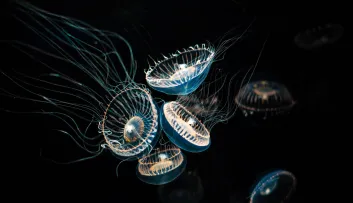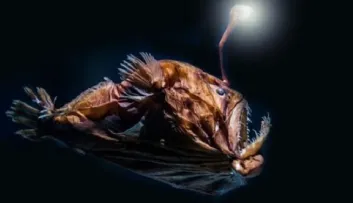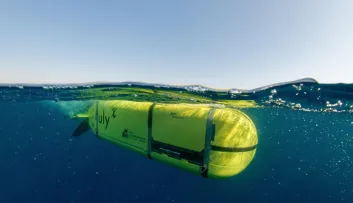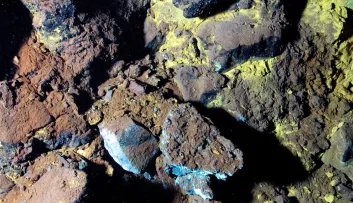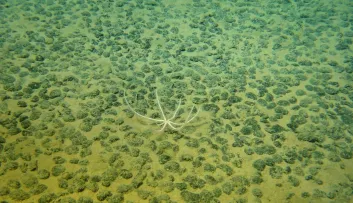Abyss 3mn
All about the abyss?
The abyss is a mysterious environment because it is largely unexplored and very difficult to reach.
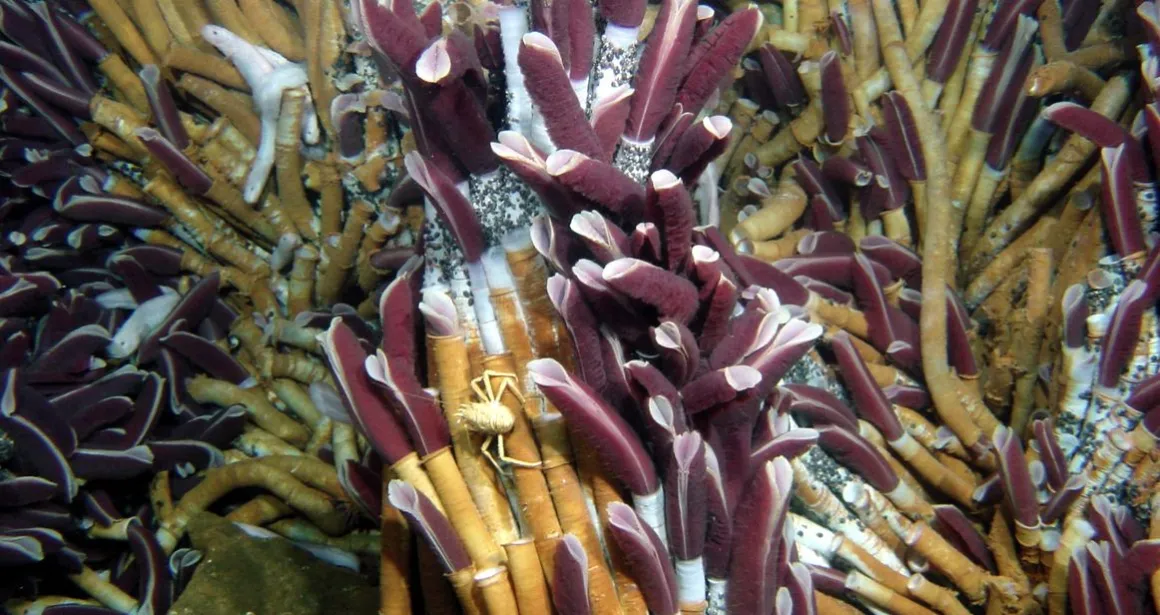
The Greek etymology of the word “abyss”, which means “bottomless”, refers to the mystery and lack of knowledge surrounding what goes on beneath the surface of the ocean. For a long time considered to be an unfathomable chasm, it wasn’t until 1872 that the first British oceanographic exploration campaign began on the HMS Challenger, and the first measurements of the ocean’s depths were made using ropes and plumb lines.
Depths of over 8,000 metres were discovered, as well as the deepest point in the ocean, the Mariana Trench. A veil was lifted on the abyss!
A world that remains largely uncharted
However, in 2024, more than 150 years later, we know more about the surface of the Moon than we do about mapping the deep seabed.
Why? Because exploring the abyss entails a whole host of challenges. The deep seabed at depths of over 1,000 metres reveals landscapes dominated by underwater volcanoes, mountains, plains, trenches and the world’s longest mountain range, all of which are extremely difficult to reach.
In fact, the darkness and especially the pressure, which increases the further we go down, make it difficult for men and women to reach the great depths. It wasn’t until 1960 that the first men dived down into the Mariana Trench to a depth of almost 11,000 metres aboard the bathyscaphe Trieste.
Life in the ocean’s great depths
However, this first expedition revealed something we had never imagined: animal life at this depth.
The two pioneers of the abyss, Jacques Piccard and Don Walsh, spotted shrimps and an as-yet-unknown flatfish during their dive. The hostile and sombre world of the abyss could be a place where marine life could thrive.
In 1977, subsequent scientific explorations discovered the hydrothermal vents around which an abundance of life had developed, without any source of light.
A lush yet vulnerable environment
Although it is still largely unexplored, the abyss is already suffering the effects of human activity and a plastic bag has been found in the Mariana Trench.
These ecosystems, with their fragile biodiversity, must be the focus of international action to safeguard them.
Crédit photo: Ifremer
We must join forces to protect the deep seabed!
Nausicaá endorses France’s position against deep-sea mining and will use every means at its disposal to raise awareness and mobilise as many people as possible in support of a moratorium.
